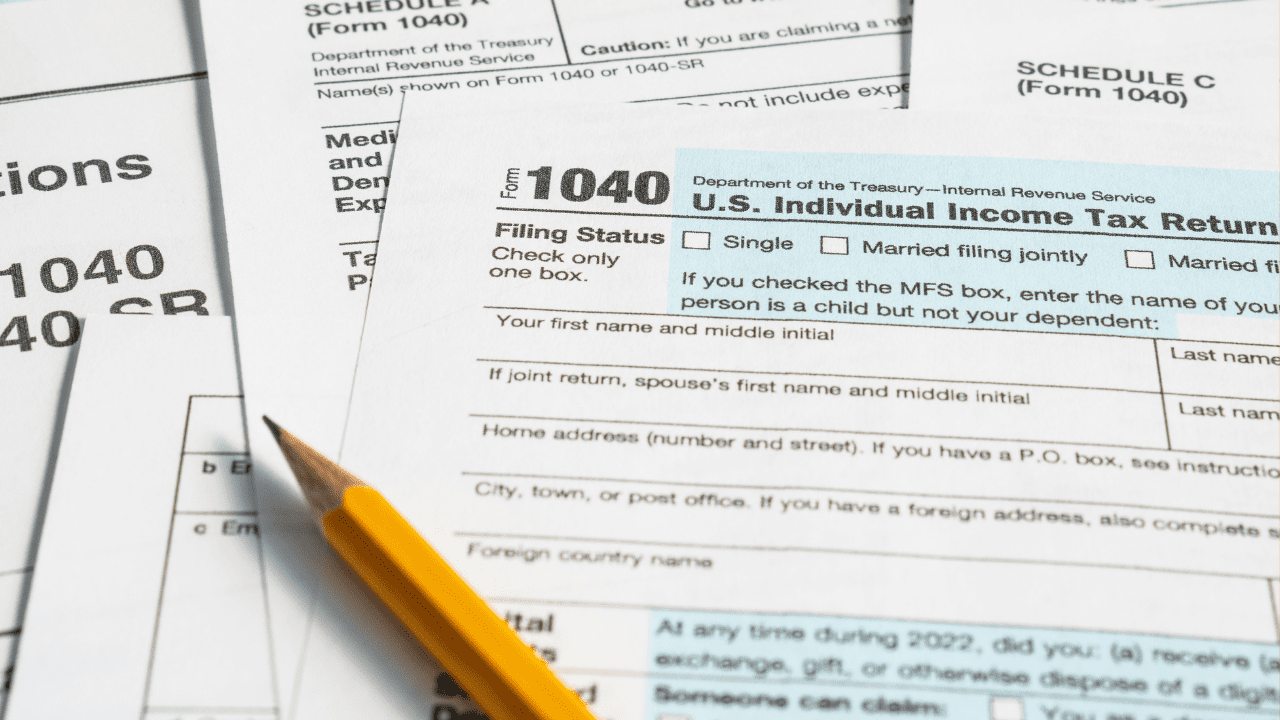 As the deadline to file extended individual returns is just a week away, we’d like to review two IRS notices issued this year that apply to state tax refunds. Both aim to clarify whether individuals should include payments from states in their gross incomes.
As the deadline to file extended individual returns is just a week away, we’d like to review two IRS notices issued this year that apply to state tax refunds. Both aim to clarify whether individuals should include payments from states in their gross incomes.
In the February news release, the IRS stated that it would not challenge 2022 individual returns that exclude income tax or property tax rebates from four specific states, all on the East Coast. However, the notice mentioned that taxpayers in these states could exclude the income because they would have received no tax benefit from the refund of the taxes paid. While the news release applies IRC §111 to these states, this principle also applies to all other states.
This notice cast a wider net in applying the general welfare exclusion, which the IRS used to exclude the payments from 17 other states to their residents from their incomes. These states made payments for either the general welfare of their residents or as qualified disaster relief payments. Illinois and New York state received a special mention in the news release because they issued two types of payments to their residents. One payment is a tax refund, while the other is COVID-19 disaster relief.
The August Update
The August 30 notice responds to comments to the February news release requesting guidance for more than 2023. This notice discusses the application of the tax benefit rule and the general welfare exclusion in general.
Generally, any income or other accession to wealth is includible in a person’s income, absent a specific provision to exclude it. The tax benefit rule provides that when a state payment is connected to a tax payment, and that tax payment didn’t result in a federal tax benefit, the taxpayer can exclude a state tax refund from their income. Taxpayers using the standard deduction apply this principle. The state or local tax they paid would not have changed the standard deduction, assuming they were eligible to use the standard deduction. Suppose the taxpayer itemizes their deductions in 2023 and pays over $10,000 of state and local taxes. In that case, they may still be eligible to exclude all or a portion of a 2024 state tax refund of 2023 taxes paid if they received no federal tax benefit.
The August notice also provided guidance to apply the general welfare exclusion payments received in years other than 2022.
General welfare payments meet this requirement if they satisfy the following three criteria.
- A governmental unit made them in response to a social benefit program enacted by a legislative body.
- They must be based on the needs of the individuals or families receiving the payment.
- They cannot compensate individuals for services performed.
This principle was used in 1974 to exclude payments to low-income elderly Ohio residents from their gross incomes. The IRS clearly intended that taxpayers apply these principles to future payments they may receive from their states.
By John W. Richmann, EA, MBA
Tax Materials Specialist, U of I Tax School

Sources
- IRS News Release IR-2023-23
- IRC §§61(a), 111(a), and 139(b)(4)
- IRS Notice 2023-56, 2023-38 IRB 824
- Rul. 78-170, 1978-1 CB 24
 As the deadline to file extended individual returns is just a week away, we’d like to review two IRS notices issued this year that apply to state tax refunds. Both aim to clarify whether individuals should include payments from states in their gross incomes.
As the deadline to file extended individual returns is just a week away, we’d like to review two IRS notices issued this year that apply to state tax refunds. Both aim to clarify whether individuals should include payments from states in their gross incomes.

